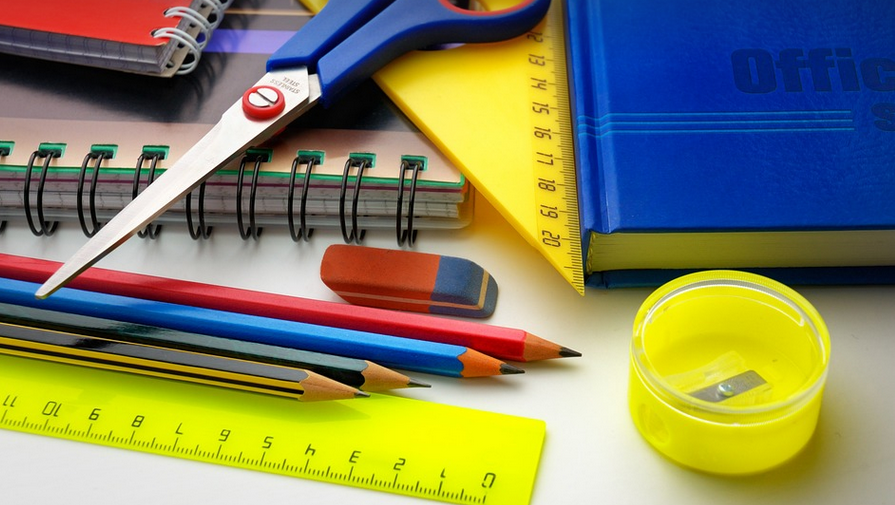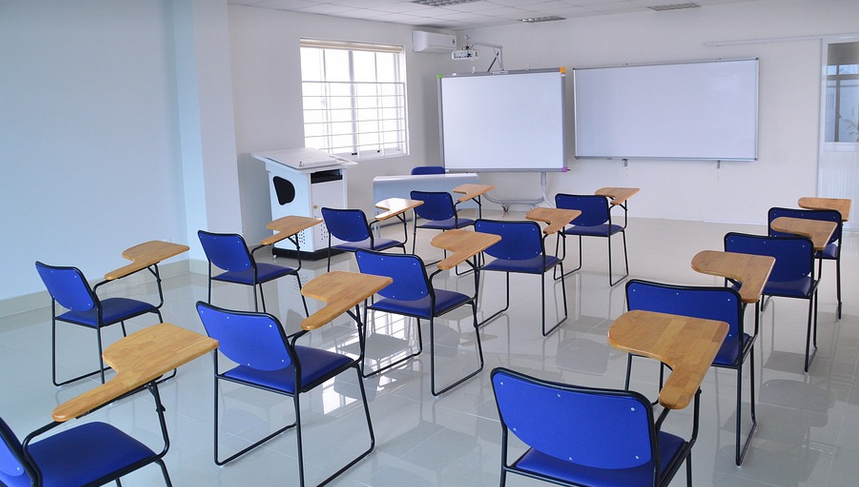
What are bike training wheels, and why are they so useful?
Bike training wheels, those sturdy additions that make biking easier for kids, can be seen as the bridge between wobbly beginnings and confident pedaling. They act like extra support, allowing young cyclists to build their balance and coordination without feeling overwhelmed by the challenge of a two-wheeled machine. Imagine trying to walk on stilts for the first time – it might be scary, but with support you gain confidence and eventually learn how to walk independently! In the same way, training wheels provide that very same type of security for children learning to ride.
The benefits of using bike training wheels extend beyond just getting kids comfortable on their bikes. They foster a sense of accomplishment, enabling them to explore new environments and engage in active play. As they master the basic skills like steering and balance, these early experiences lay the groundwork for more complex techniques like pedaling independently. It’s a magical transition that paves the way for lifelong cycling journeys.
Understanding Different Types of 12 Bike Training Wheels
The world of training wheels is vast, offering a wide array of options to suit every child’s style and needs. Here are some popular types you might encounter:
- Folding Training Wheels: These lightweight and portable versions offer easy storage and transport, making them ideal for trips to the park or exploring new terrain.
- Heavy-duty Training Wheels: Built for durability, these wheels can handle rough terrains and heavy loads, giving your child confidence while tackling more challenging rides.
- Adjustable Training Wheels: These provide a custom fit for different sizes and ages of riders, allowing you to adjust the height and angle as your child grows.
Building Confidence Through Bike Training
Learning to ride a bike is more than just about pedaling; it’s about building confidence. Training wheels play a crucial role in achieving this by providing a safety net that allows children to experiment and build their skills gradually. As they master the basics like steering, balancing, and coordinating foot placement, these training wheels act as a stepping stone towards independence.
The key is to introduce training wheels thoughtfully. Start with short sessions on soft surfaces like grass or dirt where kids can practice maneuvering without fear of hitting obstacles. As they gain proficiency, slowly transition them to smoother surfaces and gradually reduce the level of support until they become confident enough to ride independently. This gradual approach helps children develop a natural sense of balance and control.
Safety Tips for Using Bike Training Wheels
Using bike training wheels is a wonderful experience for kids, but it’s crucial to prioritize safety at all times. Here are some essential tips to keep in mind:
- Choosing the Right Set: Ensure the training wheels match the size and weight of your child. Use a set that is sturdy and well-maintained with no loose bolts or worn components.
- Secure Installation: Properly install the training wheels according to the product’s instructions, ensuring they are securely attached to the bike frame.
- Gradual Transitioning: Slowly decrease their reliance on training wheels as your child progresses. Gradually introduce them to riding without support, fostering independence and confidence.
- Supervise Carefully: Always supervise your child while they’re practicing with the training wheels. This allows you to intervene if necessary and provides a safety net to prevent accidents.
Choosing the Right 12 Bike Training Wheels for Your Child
Selecting the ideal training wheels is an important factor in making the learning process enjoyable for your child. Here are some factors to consider when choosing:
- Age and Skill Level: Consider your child’s age and their current skills. Some training wheels might be better suited for younger children with less experience, while others might be more suitable for older children who are ready for a bigger challenge.
- Budget and Features: Training wheels come in various price ranges, so set a budget before you start browsing and explore features such as adjustability, durability, and design.
Beyond the Basics: 12 Bike Training Wheels That Go Beyond the Ordinary
Many parents are turning to innovative training wheels for their budding cyclists. Here are some options that go beyond the traditional:
- Adjustable Brake Levers: These help children learn the basics of braking and develop a more confident riding style.
- Foldable Training Wheels with Removable Support Bars: These allow your child to ride on paved roads and soft surfaces without needing support while practicing balance.
The Joy of Learning to Ride: A Lasting Legacy
As a parent, witnessing your child’s transition from wobbly beginnings to independent riding is an incredible experience. It’s a testament to their perseverance and the joy that cycling brings to life. The benefits extend beyond just learning to ride; it fosters a love for adventure, encourages exploration, and instills valuable skills like coordination, balance, and determination. Your child’s journey on two wheels will be filled with memories and laughter, shaping their character and setting the stage for years of joy on this amazing mode of transportation.




